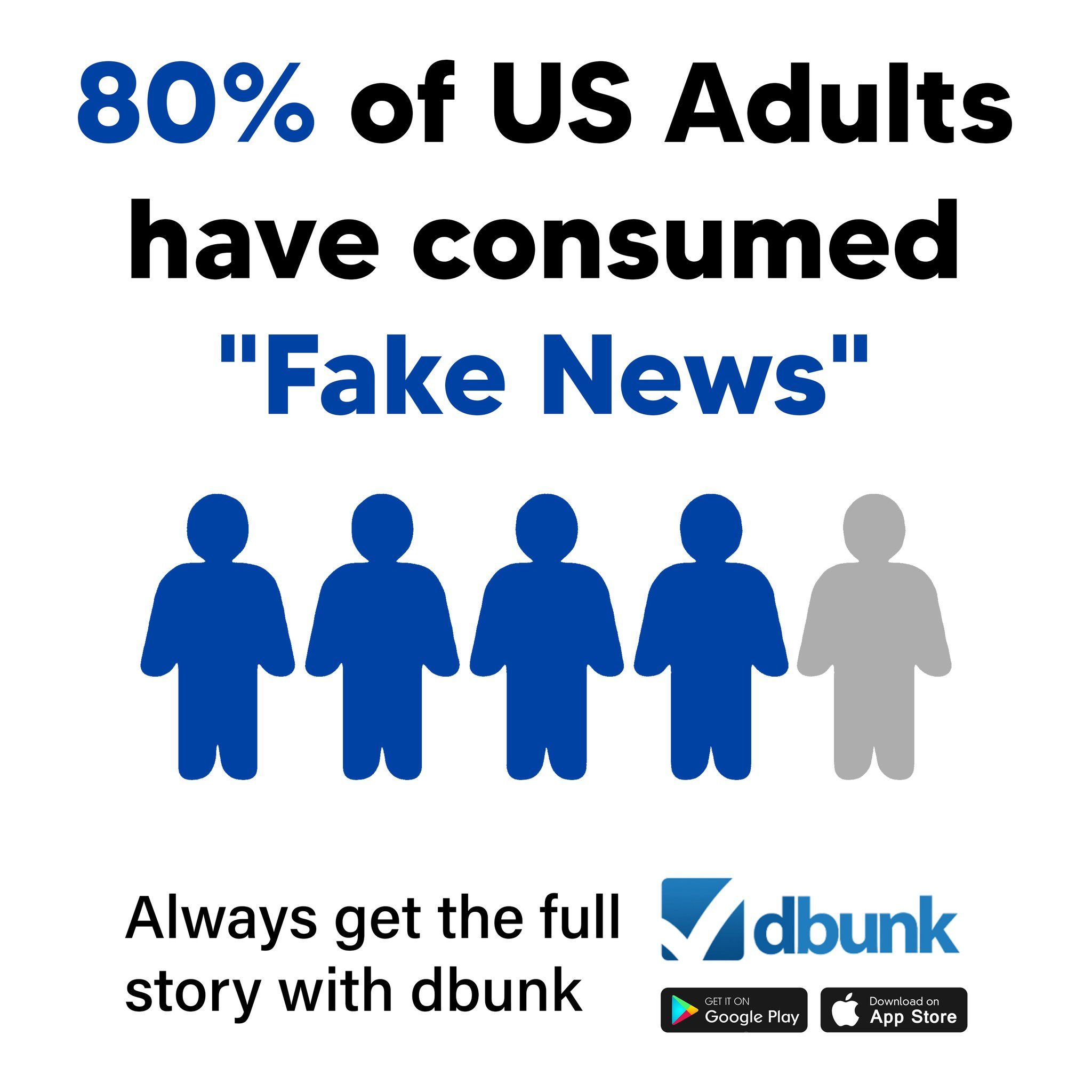
One of our subscribers submitted a request to verify the accuracy of a recent CNBC report regarding President Donald Trump’s proposed tariffs on Mexico, Canada, and China. As part of our commitment to accountability, we reviewed the claims from multiple angles. If you come across questionable news, you can also submit a fact-check request for free.
What the Article Claims
The article, published by CNBC, states that President Trump announced specific tariff increases set to go into effect on March 4, 2025. According to the report, Trump’s post on Truth Social confirmed that tariffs on Mexico and Canada would resume, alongside an additional 10% tariff on Chinese imports. However, the article also highlights conflicting messaging from White House officials, particularly National Economic Council Director Kevin Hassett, who suggested during a CNBC interview that Trump would wait until April 1 to make a decision on tariff policy.
Misinformation and Missing Context
There are a few areas where the article presents incomplete or misleading information:
1. Contradictions Without Clear Resolution
The piece claims that Trump’s post contradicted what Hassett stated during an interview. While the contradiction itself is noted, the article does not clarify whether Trump’s statement nullifies Hassett’s claims or if there was a genuine internal miscommunication within the administration. This leaves readers without a definitive resolution regarding when certain tariffs will actually take effect.
2. No Evidence Provided for Trump’s Justification
Trump is quoted in the article as saying that illicit drugs continue to flood into the U.S. from Mexico and Canada at “very high and unacceptable levels.” However, there is no factual data provided to support this assertion. While drug trafficking is a known issue, government reports from agencies like the DEA or U.S. Customs and Border Protection should be referenced to determine whether these claims align with current statistics.
3. Unclear Economic Impact on American Consumers
The article focuses almost entirely on the political maneuvering behind the tariffs but does not fully explore how these tariffs will impact American consumers. Price increases for imported goods, potential retaliatory measures from involved countries, and effects on U.S.-based businesses that rely on international trade are all important factors that are overlooked.
How Will These Tariffs Affect Americans?
Our readers want to understand how these trade policies will impact their daily lives. Historically, tariffs on imported goods lead to increased costs for businesses and consumers alike. The added cost for imported raw materials, such as steel and aluminum, tends to drive up prices in sectors like construction and automotive industries.
For everyday consumers, tariffs on Chinese goods could result in higher prices on electronics, household appliances, and clothing. Similarly, tariffs on Mexico and Canada affect essential goods such as food and medical supplies. These price hikes effectively act as a hidden tax on consumers, making basic necessities more expensive.
Final Verdict
While the report provides an overview of Trump’s policy announcement, it lacks critical context and leaves key questions unanswered. The contradictions within the administration’s messaging are presented without clarification, and the justifications for the tariffs are accepted at face value without data verification. Moreover, the omission of domestic economic effects leaves readers without a clear understanding of how Americans might be impacted by these policy changes.
For a full review of the original article, visit CNBC: Read here.
Want to stay ahead of misinformation? Download DBUNK to get accurate fact-checks on demand.




